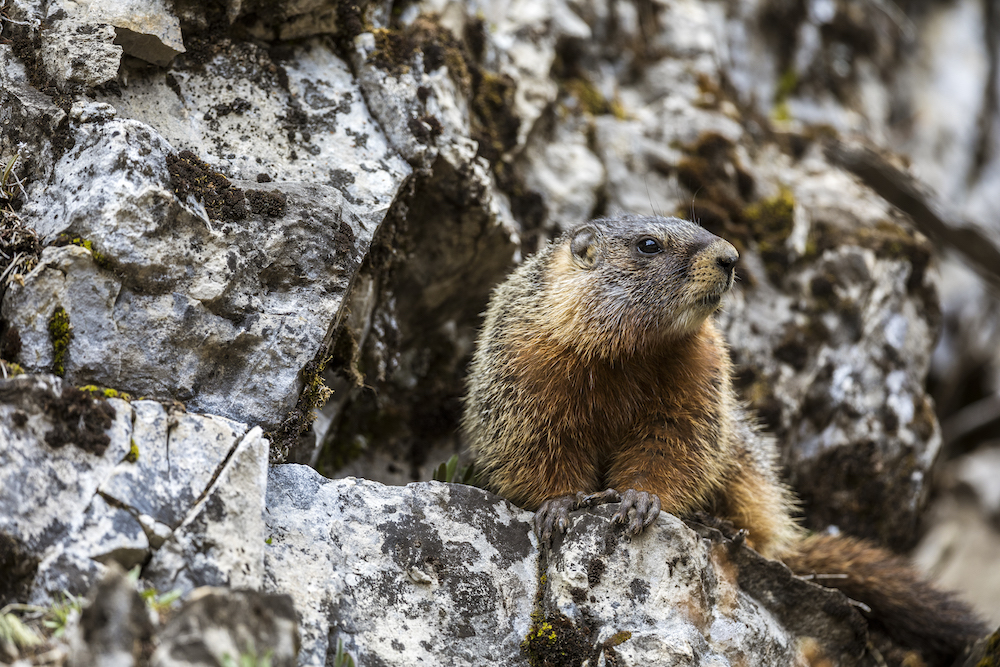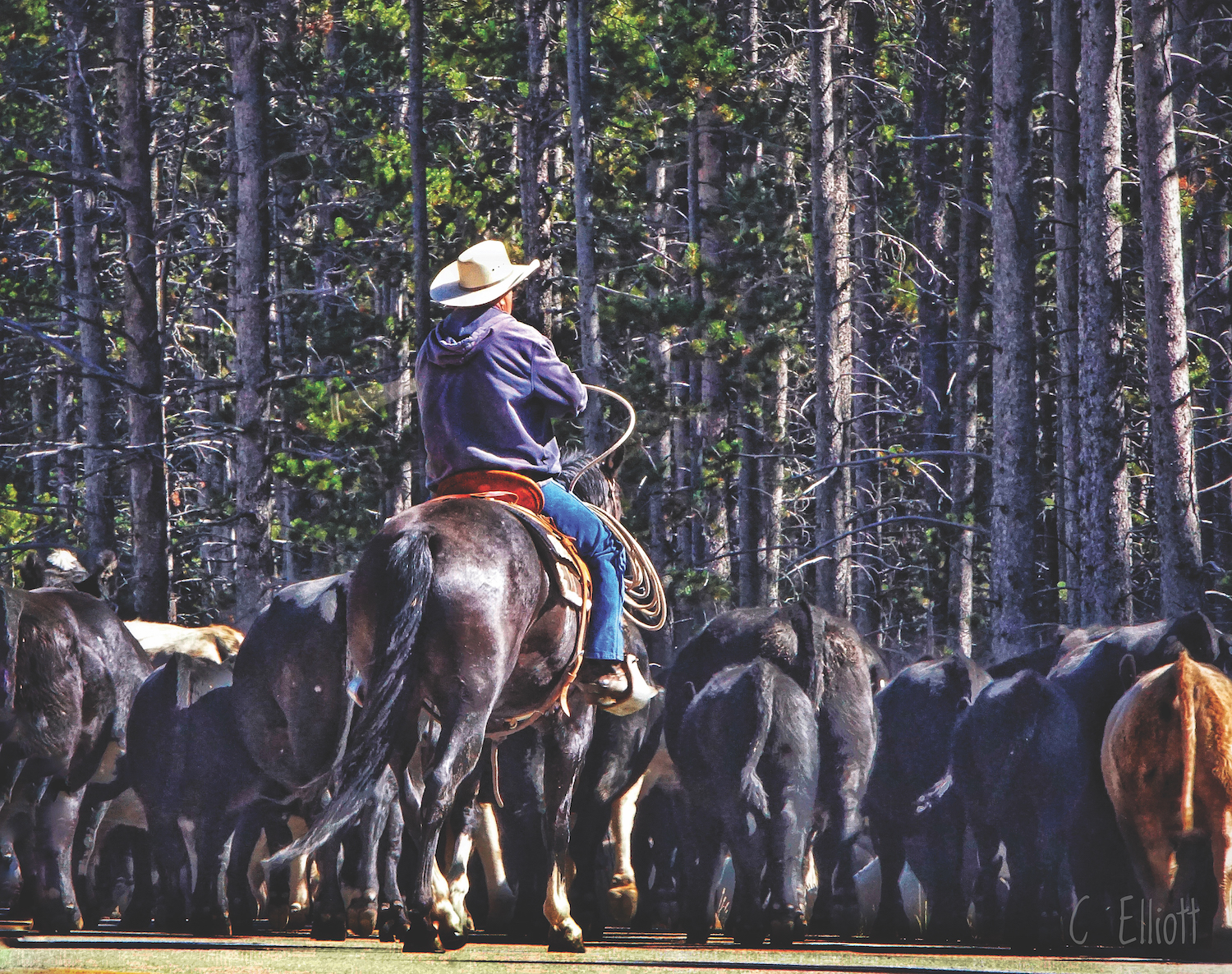It’s the heart of winter in Wyoming and, for many of us, it’s a favorite time of year. The days are short and the nights are cold, but the snow brings a quiet, peaceful stillness and lends a special beauty to everyday life. For some, that means skiing, snowmobiling or ice fishing. For others, hunkering down with a hot drink and good book or movie is the best way to enjoy the season.
The midwinter weeks are also a time to take stock of the past year and plan for the one ahead. These days, a lot of us at the Wyoming Outdoor Council have been daydreaming about the Red Desert.
The Red Desert is commonly described as the largest unfenced area in the Lower 48. While its size and remote nature are impressive in themselves, this doesn’t paint the full picture. The desert is truly unique, with sweeping views, thriving wildlife, and mind-bending geological features. The ruts of the Oregon, California, and Mormon trails crisscross land that has been used by Indigenous peoples since time immemorial. The few nondescript county roads meander to the horizon.
Even in Wyoming, it can be hard to believe a place this rugged still exists. But there is life here. Wildlife abounds, including elk, mule deer, and Greater sage-grouse. Ranchers run cattle, and many hunters, hikers, mountain bikers, and off-road enthusiasts consider the desert their best-kept secret. From the sand dunes, buttes, and badlands to the aspen oases and expanses of sagebrush, the Red Desert is as diverse as the people who care for it.
For generations the Red Desert has sustained a way of life that is undeniably Western and provided opportunities for work, play, and quiet contemplation to anyone who seeks it. There is a balance that works, and we as Wyomingites have the power to uphold it. That’s why the Outdoor Council has spent years working to keep the desert the way it is — a working landscape rich with wildlife, history, and open space.
In 2020, we joined together with like-minded people from all walks of life in Citizens for the Red Desert, a coalition of Wyoming citizens and organizations who love the desert. We also hired a new staff member, Shaleas Harrison, to coordinate the effort. The people in this group all have different reasons for taking part, but they recognize that there is a common ground when seeking to preserve all the diverse values and uses of the desert.
While Citizens for the Red Desert is relatively new, the passion for the Red Desert is anything but. Wyoming residents first proposed that a portion of the desert be permanently protected as a winter game preserve in 1898, and in the century that followed, a host of other conservation efforts were considered.
These public lands have seen relatively little new development in recent years. A patchwork of agency-level protections helps sustain the Red Desert elk herd, the White Mountain Petroglyphs, the sand dunes, and other values. But it is a tenuous balance that could easily unravel. Increasingly, dramatic shifts in federal land management priorities add an additional layer of uncertainty about the future.
As Wyomingites, the Red Desert helps tell our story. Now, we want to tell the story of the desert.
In the coming year the Outdoor Council will be working with citizen and tribal partners to chart the course to permanent protection of this special place — based on the existing framework that respects the full range of opportunities this land provides. For more than 130 years, Wyomingites have shown their support. An enduring, Wyoming-grown solution can make that dream a reality and keep the special values of the Red Desert intact for generations to come.




